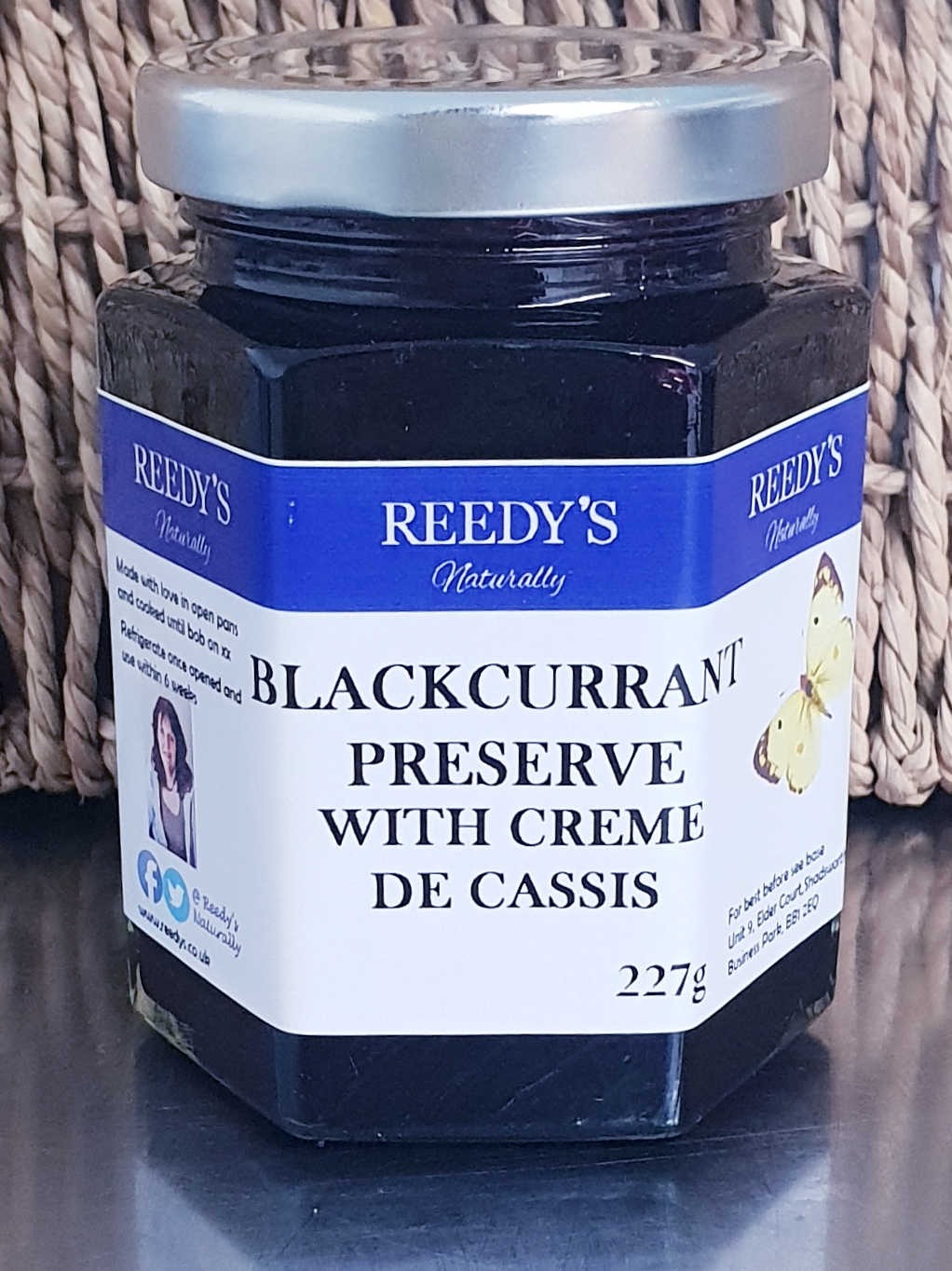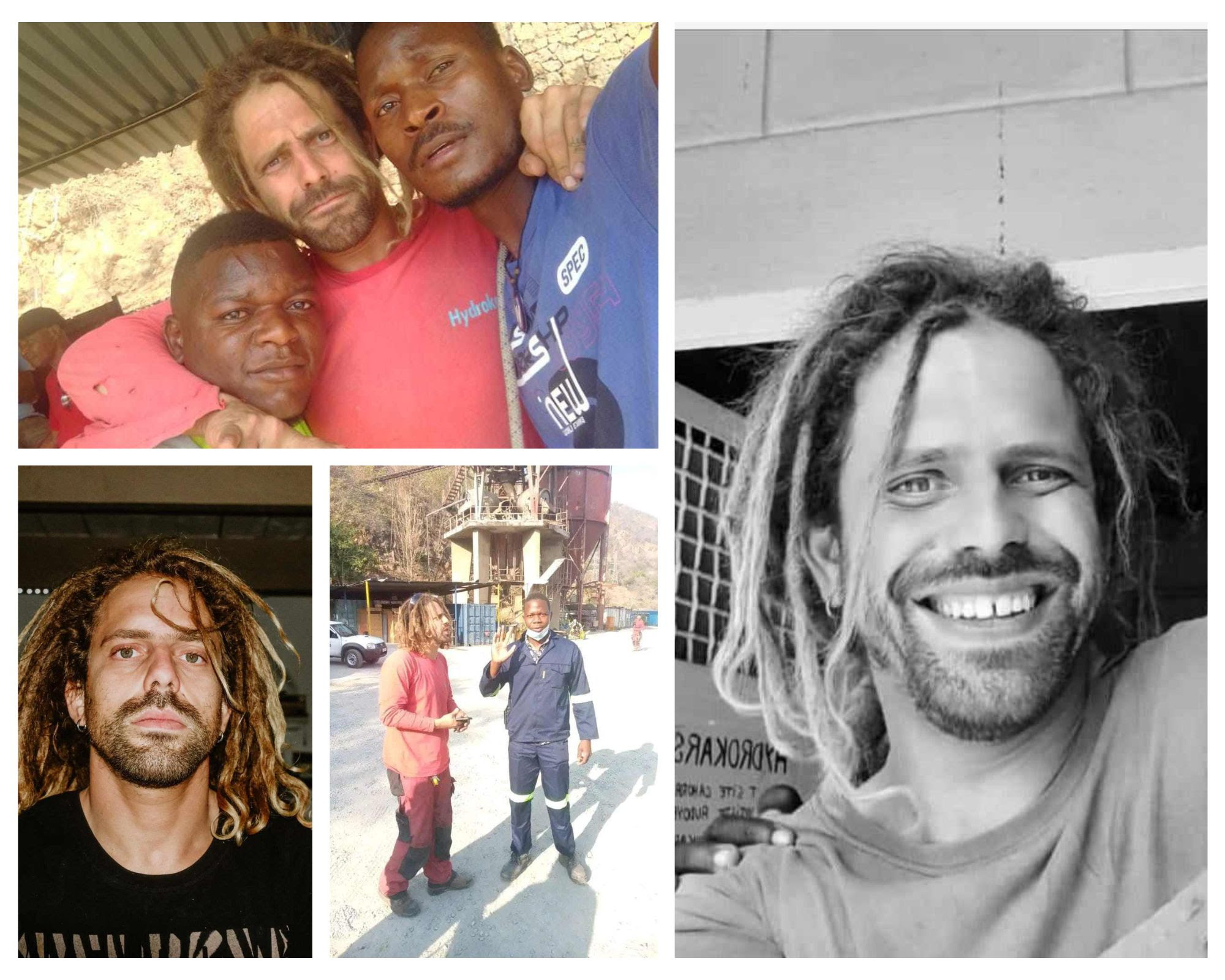Understanding Cassis Blackcurrant Production

Table of Contents
Cultivating the Cassis Blackcurrant
The foundation of exceptional Cassis lies in the quality of its blackcurrant fruit. Optimal growing conditions are paramount, directly influencing the berries' flavor, size, and yield, all crucial factors in Cassis production.
Climate and Soil Conditions
Cassis blackcurrants thrive in temperate climates with cool summers and sufficient chilling hours during winter. Well-drained, fertile soil rich in organic matter is essential.
- Suitable regions for cultivation: Historically, regions in France's Burgundy region have been ideal, but successful cultivation extends to other cool-climate areas globally. Factors like altitude and rainfall also influence production.
- Soil preparation techniques: Soil preparation involves meticulous fertilization, ensuring a balanced supply of nutrients. Proper drainage is crucial to prevent waterlogging, which can damage roots and reduce yield.
- Impact of climate change: Climate change poses challenges to Cassis blackcurrant production. Changes in temperature and rainfall patterns can affect flowering, fruit set, and overall yield. Adapting to these changes through innovative farming techniques and selecting climate-resilient varieties is crucial.
Planting and Propagation
Blackcurrants are typically propagated using cuttings or seedlings.
- Spacing and density considerations: Appropriate spacing between plants is vital for optimal sunlight exposure, air circulation, and efficient resource utilization. Overcrowding can lead to disease and reduce yield.
- Disease and pest prevention strategies: Implementing integrated pest management (IPM) strategies is crucial to minimize the use of pesticides and protect the environment. Common pests and diseases can significantly impact blackcurrant yield and quality.
- Sustainable farming practices: Sustainable farming practices, such as using organic fertilizers and promoting biodiversity, are increasingly important for environmentally responsible Cassis blackcurrant production. Reducing the environmental footprint is a growing concern among producers.
Blackcurrant Varieties for Cassis Production
Not all blackcurrant varieties are equally suited for Cassis production. Specific varieties are chosen based on their flavor profile, yield, and suitability for the specific growing conditions.
- Comparison of different varieties: Noir de Bourgogne is a classic variety renowned for its intense flavor, while Ben Lomond is known for its high yield. Many other varieties are used, each contributing unique characteristics to the final product.
- Adaptation of varieties to different growing conditions: Selecting appropriate varieties is critical to ensure optimal growth and fruit quality in diverse climates and soil conditions. Research into suitable varieties for different regions continues.
- Impact of variety selection on the final product's quality: The chosen variety significantly impacts the Cassis liqueur's aroma, flavor intensity, and overall quality, influencing its market value.
Harvesting and Processing of Blackcurrants for Cassis
The journey from berry to bottle requires precision and expertise. The harvesting and processing steps are critical for achieving the desired quality and flavor profile of the final Cassis liqueur.
Optimal Harvesting Time
Harvesting at the perfect moment is essential. Blackcurrants should be ripe but firm, achieving the ideal balance of sugar and acidity.
- Methods of harvesting: Both hand-picking and mechanical harvesting are employed. Hand-picking offers greater control over fruit quality, while mechanical harvesting is more efficient for large-scale production.
- Impact of harvesting techniques on fruit quality: Bruising and damage during harvesting can negatively affect the quality of the blackcurrants and lead to undesirable flavors in the final product.
- Importance of careful handling: Careful handling minimizes damage and preserves the fruit's integrity, enhancing the final Cassis liqueur's quality.
The Cassis Production Process
Transforming blackcurrants into Cassis involves several crucial steps.
- Traditional vs. modern methods: Traditional methods often involve longer fermentation periods, while modern methods incorporate technological advancements for greater efficiency and control.
- Quality control measures: Rigorous quality control measures are implemented at each stage, from berry selection to bottling, to ensure the final product meets the highest standards.
- Regulations and standards: Cassis production is subject to strict regulations and standards, ensuring authenticity and quality. Geographical indications (GIs) may further protect specific regions' production methods.
Packaging and Distribution of Cassis
Proper packaging is crucial for maintaining Cassis' quality and extending its shelf life.
- Types of packaging: Cassis is typically packaged in dark glass bottles of various sizes, protecting it from light exposure.
- Storage and preservation techniques: Appropriate storage conditions are crucial to maintain quality and prevent spoilage.
- Global distribution networks: Established distribution networks ensure that high-quality Cassis reaches consumers around the world.
Conclusion
Understanding Cassis blackcurrant production showcases a journey from careful cultivation and precise variety selection to meticulous harvesting and sophisticated processing techniques. Each stage plays a pivotal role in achieving the exceptional quality associated with this exquisite liqueur. Mastering each step is essential for creating a premium product, demonstrating the dedication and expertise needed for success in Cassis blackcurrant production. Understanding Cassis blackcurrant production offers valuable insight into the creation of this delectable beverage. Learn more about sustainable Cassis production practices and discover the nuances of this remarkable drink. Explore the world of fine Cassis today!

Featured Posts
-
 Switzerland China Dialogue A Path To Lower Tariffs
May 21, 2025
Switzerland China Dialogue A Path To Lower Tariffs
May 21, 2025 -
 Remont Pivdennogo Mostu Oglyad Provadzhennya Ta Zaluchenikh Koshtiv
May 21, 2025
Remont Pivdennogo Mostu Oglyad Provadzhennya Ta Zaluchenikh Koshtiv
May 21, 2025 -
 Geen Online Betalingen Mogelijk Abn Amro Opslagoplossingen
May 21, 2025
Geen Online Betalingen Mogelijk Abn Amro Opslagoplossingen
May 21, 2025 -
 Activites Des Cordistes Face Au Developpement Des Tours Nantaises
May 21, 2025
Activites Des Cordistes Face Au Developpement Des Tours Nantaises
May 21, 2025 -
 World Trading Tournament Wtt Aimscaps Performance And Key Takeaways
May 21, 2025
World Trading Tournament Wtt Aimscaps Performance And Key Takeaways
May 21, 2025
Latest Posts
-
 Couple Arrested Following Jaw Dropping Antiques Roadshow Appraisal
May 21, 2025
Couple Arrested Following Jaw Dropping Antiques Roadshow Appraisal
May 21, 2025 -
 Couple Sentenced After Antiques Roadshow Reveals Stolen Property
May 21, 2025
Couple Sentenced After Antiques Roadshow Reveals Stolen Property
May 21, 2025 -
 Antiques Roadshow A National Treasure And A Shocking Arrest
May 21, 2025
Antiques Roadshow A National Treasure And A Shocking Arrest
May 21, 2025 -
 Antiques Roadshow Appraisal Exposes Stolen Items Leading To Imprisonment
May 21, 2025
Antiques Roadshow Appraisal Exposes Stolen Items Leading To Imprisonment
May 21, 2025 -
 Jaw Dropping Antiques Roadshow Find Culminates In Trafficking Charges
May 21, 2025
Jaw Dropping Antiques Roadshow Find Culminates In Trafficking Charges
May 21, 2025
